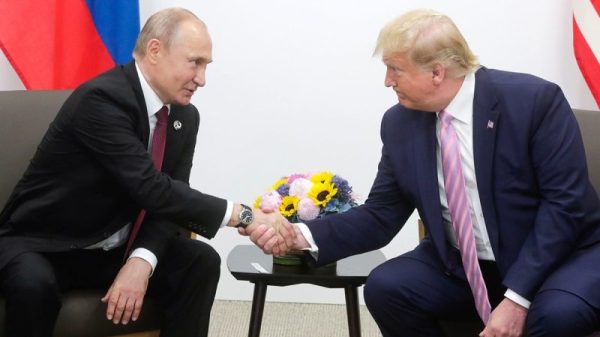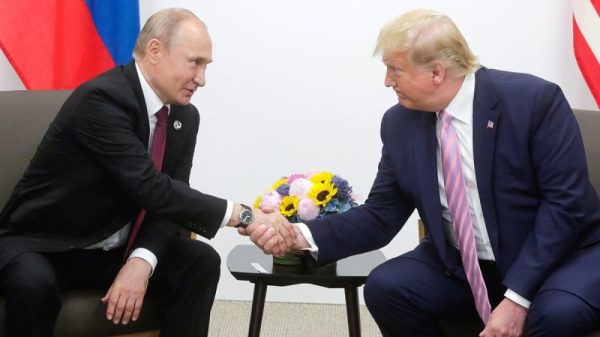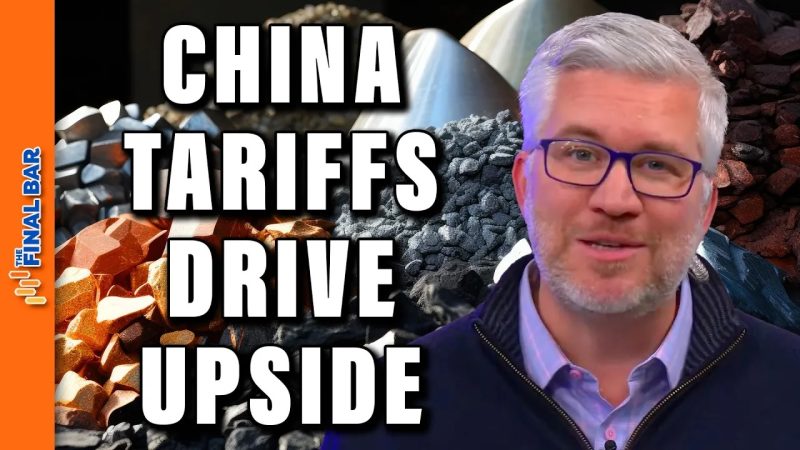In a world where technological advancements drive society forward, the demand for rare earth minerals continues to rise. China has long been a dominant player in the global rare earth market, controlling a significant portion of the world’s supply. With the recent imposition of tariffs on these critical minerals, the dynamics of the rare earth industry are poised for a significant shift.
The world relies heavily on rare earth minerals for a wide range of applications, from electronics to renewable energy technologies. These minerals are essential components in the manufacturing of smartphones, electric vehicles, wind turbines, and many other high-tech products. As such, any disruption in the supply chain of rare earth minerals can have far-reaching implications for various industries.
China’s decision to impose tariffs on rare earth minerals has the potential to create both challenges and opportunities for other countries in the rare earth market. While the tariffs may initially drive up prices and disrupt supply chains, they also present an opportunity for other countries to step in and fill the gap left by China. This shift in the market dynamics could lead to greater diversification of rare earth mineral supply chains, reducing dependence on one dominant player.
Countries with significant reserves of rare earth minerals, such as Australia, the United States, and Canada, are well-positioned to capitalize on the changing market conditions. By ramping up production and expanding mining operations, these countries can potentially increase their share of the global rare earth market and reduce reliance on Chinese supply.
Furthermore, the tariffs imposed by China could incentivize other countries to invest in developing their own rare earth mining capabilities. This could lead to increased competition in the market, driving innovation and efficiency in the extraction and processing of rare earth minerals.
In conclusion, while the imposition of tariffs on rare earth minerals by China may initially disrupt the market, it also presents opportunities for other countries to enhance their presence in the global rare earth industry. By diversifying supply chains and investing in domestic mining operations, countries can mitigate the risks associated with overreliance on a single source of rare earth minerals. This shift in the market dynamics has the potential to reshape the rare earth industry and drive innovation and competition in the years to come.


































